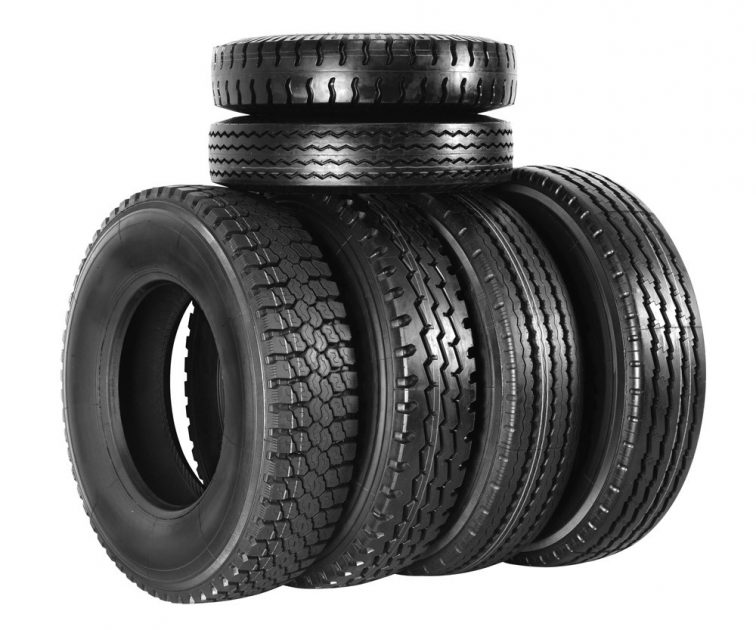OSU Researchers Discover Food Waste Perfect for Filling Tires
The universal law that opposites attract has been proven once again by researchers from The Ohio State University (OSU) who have discovered that organic material and car tires make quite the pair.
According to OSU writer Pam Frost Gorder, a research team lead by Katrina Cornish, an Ohio Research Scholar and Endowed Chair in Biomaterials at Ohio State, has determined that food waste, specifically tomatoes and eggshells, “can partially replace the petroleum-based filler that has been used in manufacturing tires for more than a century.”
And according to tests, these new organic fillers are performing better than industrial expectations and standards, which is not only incredible news but completely ground-breaking; this discovery also could serve as part of the solution to three major problems.
Gorder reports that Cornish believes the technology “makes the manufacture of rubber products more sustainable, reduces American dependence on foreign oil, and keeps waste out of landfills.”
According to Gorder, Cornish has been working on developing new domestic rubber sources, including a rubber-producing dandelion, for years, and “now has a patent-pending method for turning eggshells and tomato peels into viable—and locally sourced—replacements for carbon black, a petroleum-based filler that American companies often purchase from overseas.”
Carbon black makes up approximately 30 percent of a typical vehicle tire, according to Gorder, and sourcing this material is becoming more and more difficult due to demand, according to Cornish.
The popularity, abundance, and natural quality of eggshells and tomatoes made these the ideal contenders for the team’s research.
According to Gorder, “Cindy Barrera, a postdoctoral researcher in Cornish’s lab, found in tests that eggshells have porous microstructures that provide larger surface area for contact with the rubber, and give rubber-based materials unusual properties. Tomato peels, on the other hand, are highly stable at high temperatures and can also be used to generate material with good performance.”
Doctoral students Tony Ren and Jessica Slutzky and former master’s student Griffin Michael Bates also were part of the research team, and the patent-pending technology has been licensed by OSU to EnergyEne, Cornish’s company, according to Gorder.
News Source: The Ohio State University, Popular Science

The News Wheel is a digital auto magazine providing readers with a fresh perspective on the latest car news. We’re located in the heart of America (Dayton, Ohio) and our goal is to deliver an entertaining and informative perspective on what’s trending in the automotive world. See more articles from The News Wheel.


